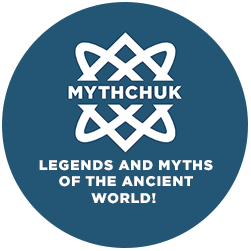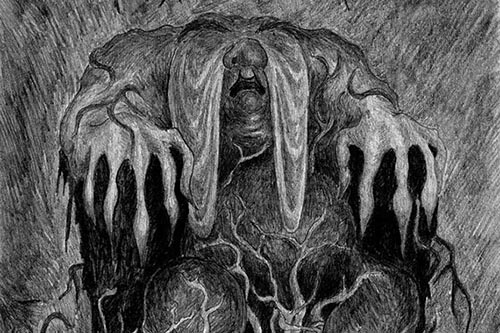Viy — The Deathly Gaze of Slavic Myth
- Main
- >
- Slavic Mythology
- >
- Slavic Bestiary
- >
- Viy
They say no one who meets Viy’s gaze survives. But do you know why? You’ll find out at the end.
Viy is a demonic being from Slavic mythology, described as a lord of dark powers who can kill with a single glance. His roots lie in the pre-Christian beliefs of the Eastern Slavs. Mentions of him come from folklore, but he became most famous through ancient beliefs and legends—not literary adaptations.
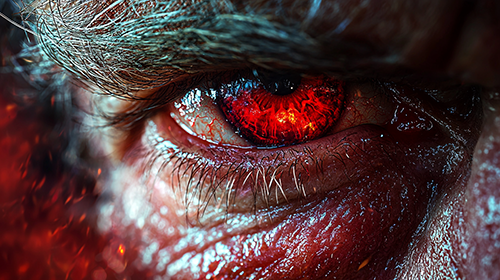 Viy
ViyOrigin and Image
The name Viy likely comes from the Old Slavic root viti, meaning "to stare wide‑eyed." In various 19th‑century ethnographic records, it’s noted that Viy was a giant whose eyelids were so heavy he couldn't lift them himself—servants had to do it for him. His gaze kills, so his eyes are always covered. This feature is simultaneously one of the most sinister and mysterious motifs in all Slavic demonology.
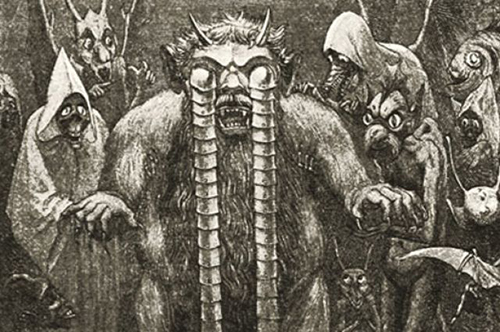 Origin and Image
Origin and ImageAppearance
Folklore describes Viy as enormously tall—sometimes as tall as trees. His arms drag along the ground, and his skin is greyish‑green, like a corpse. His eyes are always hidden behind lids like iron shutters. These eyes are enormous and concentrate deadly power—when they’re opened, everything living in their view dies.
Legends and Function
In old legends—especially from Ukrainian ethnographic regions like Polissia, Podillia, and Slobozhanshchyna—Viy is portrayed as an embodiment of darkness that comes for a person’s soul. One tale tells how he appears to someone who has meddled with forbidden knowledge—someone who has gazed into the Otherworld or practiced witchcraft.
In traditional folklore, Viy is not the classical “god of death,” but he often assumes that role. His arrival signals inevitable death. In several legend variants, witches summon him to kill those who threaten them.
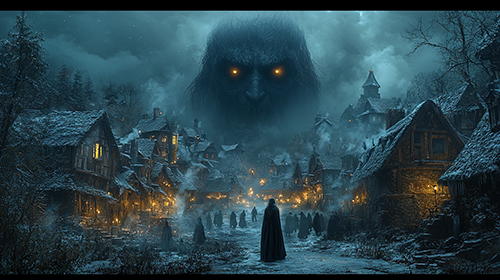 Legends
LegendsComparable Figures
Some researchers, including those who collected oral traditions in the 19th century (e.g., ethnographer Mykola Kostomarov), noted similarities between Viy and other Slavic beings like Morok or Nav’. But unlike them, Viy is a more personalized and specific creature, defined by one clear ability: his killer stare.
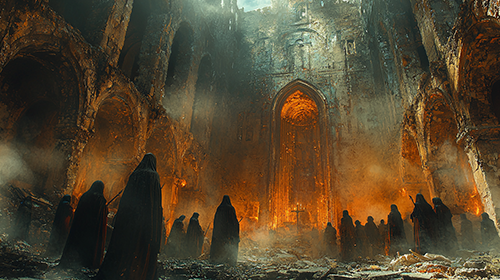 Comparable Figures
Comparable FiguresRitual Presence
Unlike many other Slavic spirits, Viy was never worshipped or honored—no prayers, no offerings. People whispered his name only to avoid calling him. In some parts of Ukraine, it was believed that even mentioning his name at night could bring illness or death.
His name was frequently invoked on Kupala Night (Ivan Kupala’s Eve), when it was believed the veil between worlds thinned. It was a night when spirits, including Viy himself, might cross into our world.
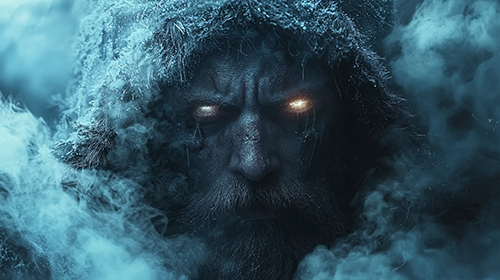 Unknown and Uncontrollable Force
Unknown and Uncontrollable ForceUnknown and Uncontrollable Force
In Slavic myths, Viy symbolized not just death, but an unknown, uncontrollable force beyond human control. He wasn’t feared like a werewolf or vampire—but as something deeper involving the essence of death, darkness, and the unknown. Viy doesn’t have objects or tools like other mythical creatures—his power is focused in one thing: his gaze. His eyes are the central symbol—embodying both terror and helplessness before one’s fate.
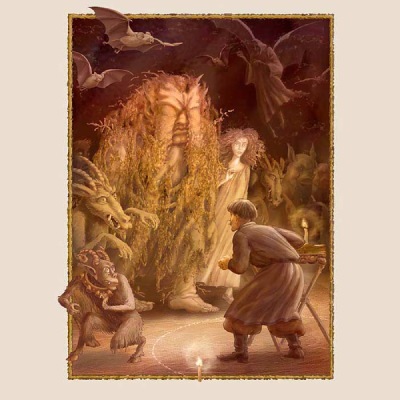 Modern Interpretations
Modern InterpretationsModern Interpretations
Today, Viy is often treated artistically—most famously in Nikolai Gogol’s story. But it’s important to remember: the folkloric Viy is much older, deeper, and far more terrifying than the literary version. He is one of the few characters whose image has survived from pre-Christian times practically unchanged.
